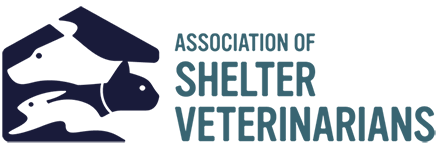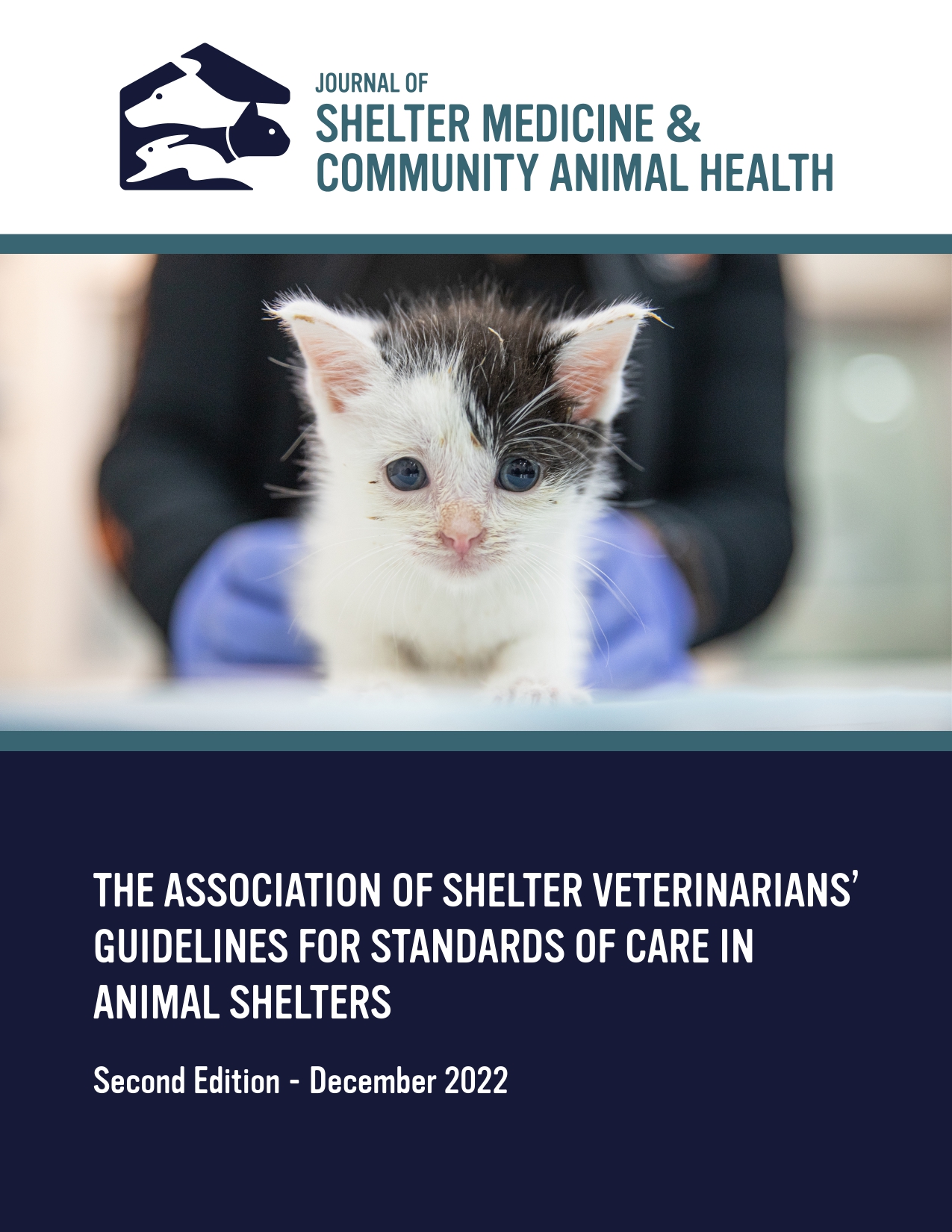Assessment of the Accuracy of Visual Weight Estimates of Cats [Abstract]
DOI:
https://doi.org/10.56771/jsmcah.v2.54Abstract
Visual estimation of cat weight is commonly performed during trap-neuter-return (TNR) events where cats are brought in humane traps of various models with differing weights. These cats are typically asocial and cannot be safely handled before the induction of anesthesia. Weight estimate accuracy is important since it determines the anesthetic induction dose. This study measured the accuracy of the visual weight estimates made by various veterinary professionals involved in the program, including a veterinarian, veterinary students of all years, and several veterinary technicians, and explored whether there were variables that systematically predicted percent deviation of estimate from actual weight.
Subjects estimated the weight and noted the posture (standing, sitting, crouching, laying). Cat demographics, including actual weight (kg), body condition score (BCS), coat color, solid or patterned coat, sex and pregnancy status were recorded. Age was not considered due to the correlation with weight. Accuracy was measured as the percent of estimates within 20% (PW20) and 10% (PW10). Linear regression clustered on cat was used to evaluate whether cat posture or demographic variables were associated with the percent deviation between estimated and actual weight. Potential association between the deviation and student experience as measured by student year, previous technician experience, and experience with TNRs was evaluated using linear regression.
A total of 315 cats and 647 estimates were evaluated for this study from 5 TNR clinics held at Midwestern University between May 2022 and October 2022. A veterinarian provided 142 visual weight estimates, veterinary students 310, and a veterinary technician 195. The median weight was 2.7 kg (IQR 2.0-3.5). Veterinarians had a PW20/PW10 of 54%/32%, veterinary students 43%/23%, and veterinary technicians 35%/16%. Heavier cats tended to be underestimated, while lighter cats tended to be overestimated. The percent deviation decreased by 15% (95% CI -18 to -12%) per kg from a high of 45% at 1 kg, crossing 0% at approximately 4 kg, then decreasing to -43% at 7 kg. The mean difference, which did not vary by the actual weight, was 0.5 kg (SD 0.8) for cats under 3.5 kg. At weights of 3.5 or greater, the difference decreased by -0.9 kg for each additional kg of actual weight. There were several predictors of percent deviation from actual weight. The weight of female cats tended to be overestimated by 9% (95% CI 1-16%, P = 0.020), females that were pregnant underestimated by 22% (-39 to -5%), and cats with a BCS less than 5 overestimated by 10% (95% CI 2-18%, P = 0.012). There was no significant systematic variation by cat posture, color or coat pattern. Student experience did not significantly impact the deviation in their estimates.
As measured by the PW20 and PW10, the veterinarian was the most accurate at visual weight estimates, although only slightly more than half of the cats were estimated within 20%. There were predictors of percent deviation, but those predictors are often only determined after anesthesia is induced. Difference between estimated and actual weights for cats under 3.5 kg was similar, with the larger difference in percent deviation for lighter cats being due to the smaller denominator of the actual weight. Cats over 3.5 kg tended to be underestimated in weight, with both difference and deviation increasing.











